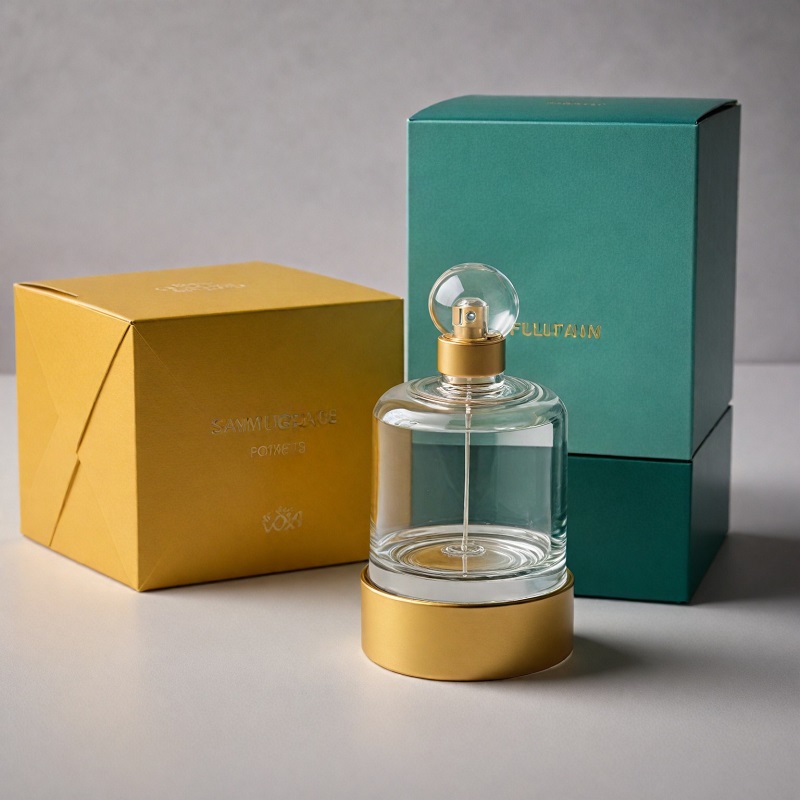How much does it cost to make a perfume bottle?
How much does it cost to make a perfume bottle?
Creating a perfume bottle involves several cost components, from design and raw materials to production and packaging. The total cost can vary widely depending on factors such as the quality of materials used, the complexity of the design, and the scale of production. Here's a comprehensive breakdown of the costs associated with making a perfume bottle.
Cost Components of Making a Perfume Bottle
1. Design and Development
Initial Design: The process starts with the conceptual design of the bottle. Costs can range from a few hundred to several thousand dollars depending on the complexity and whether a professional designer is hired.
Prototyping: Creating prototypes for testing and refining the design can add to the cost. Each prototype might cost between $500 and $2,000.
2. Materials
Glass: The primary material for most perfume bottles is glass. The quality and type of glass (e.g., clear, frosted, colored) can affect the price. Costs can range from $0.50 to $5 per bottle for standard glass.
Plastic: Some bottles incorporate plastic components, such as caps or atomizers. High-quality plastics can cost between $0.10 and $1 per component.
Metals: Luxury bottles might use metals like aluminum or gold plating for decorative elements, increasing costs significantly, sometimes up to $10 per bottle.
3. Production
Molds: Creating custom molds for bottle manufacturing is a significant upfront cost. Molds can cost between $10,000 and $50,000, depending on complexity and production volume.
Manufacturing: The actual production cost per bottle varies based on volume. For large-scale production, costs can be as low as $1 to $3 per bottle. For smaller batches, costs might be higher, ranging from $5 to $10 per bottle.
4. Decoration and Finishing
Labels and Printing: Applying labels or printing directly onto the bottle adds to the cost. High-quality printing can cost between $0.10 and $0.50 per bottle.
Decorative Elements: Additional decorations such as embossing, engraving, or applying decals can cost between $0.50 and $2 per bottle.
5. Packaging
Outer Packaging: The packaging used to protect and present the bottle, such as boxes or cases, can vary significantly in cost. Simple cardboard boxes might cost $0.50 to $1 each, while luxury packaging can range from $2 to $10 or more.
Inserts: Protective inserts to hold the bottle in place can add another $0.20 to $1 per unit.
6. Labor and Overheads
Labor: Labor costs for assembly, quality control, and packing depend on the region and labor rates. These costs typically range from $0.50 to $2 per bottle.
Overhead: Indirect costs, such as utilities, equipment maintenance, and administrative expenses, also contribute to the overall cost. These can add another $0.50 to $1 per bottle.
Total Cost Estimates
Given the various components, the total cost to produce a perfume bottle can vary widely:
- Standard Bottles: For a standard, mass-produced perfume bottle, the cost might range from $2 to $8 per bottle.
- Mid-Range Bottles: Mid-range bottles with better materials and more intricate designs might cost between $8 and $20 per bottle.
- Luxury Bottles: High-end, luxury perfume bottles with custom designs, premium materials, and elaborate packaging can cost $20 to $50 or more per bottle.

Factors Influencing Cost
1. Scale of Production
Larger production runs benefit from economies of scale, reducing the per-unit cost.
2. Complexity of Design
More intricate designs and features increase production costs.
3. Material Quality
Higher quality or rare materials significantly impact the cost.
4. Customization
Custom features, such as unique shapes or personalized elements, add to the expense.
5. Geographical Location
Manufacturing in regions with lower labor costs can reduce overall expenses.
Conclusion
The cost of making a perfume bottle varies significantly based on design, materials, production volume, and additional features. Standard bottles may cost as little as $2 per unit, while luxury, custom-designed bottles can exceed $50 each. Understanding these cost components helps brands make informed decisions about their product offerings and pricing strategies.
